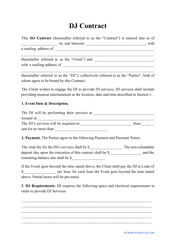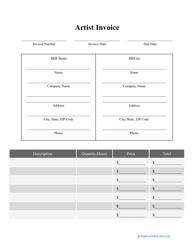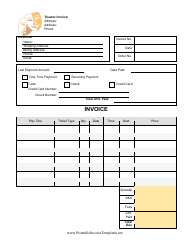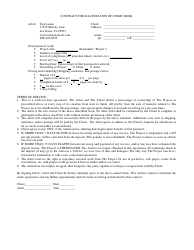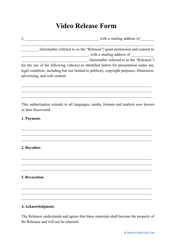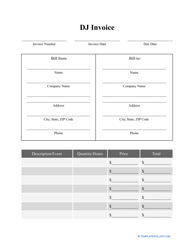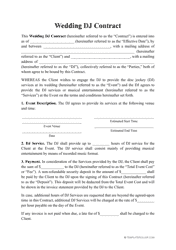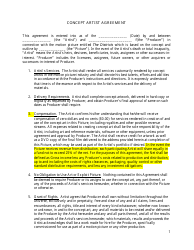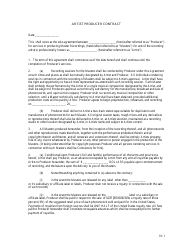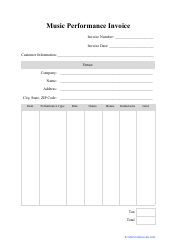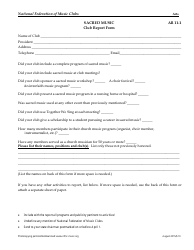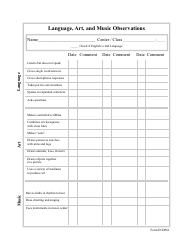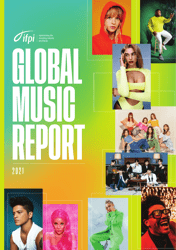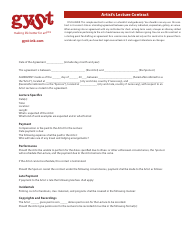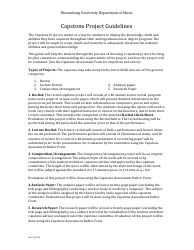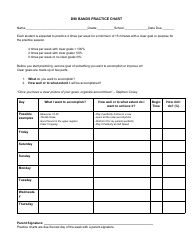Rondo Form Music Worksheet
Rondo Form Music Worksheet is used for understanding and practicing the structure and elements of Rondo musical compositions. It helps students learn about the recurring sections and themes in a Rondo piece.
FAQ
Q: What is Rondo form in music?
A: Rondo form is a musical structure where a main theme alternates with other contrasting sections.
Q: How does Rondo form work?
A: In Rondo form, a main theme (A) is followed by contrasting sections (B, C, etc.), with the main theme returning after each contrast.
Q: What is the structure of Rondo form?
A: The structure of Rondo form is usually ABACADA, where A represents the main theme and B, C, D, etc. represent contrasting sections.
Q: What is the purpose of Rondo form?
A: Rondo form creates a sense of balance and variation in a musical composition.
Q: What are some examples of Rondo form in music?
A: Examples of Rondo form in music include Mozart's "Rondo alla Turca" and Beethoven's "Rondo in C Major."
Q: Can Rondo form be found in different genres of music?
A: Yes, Rondo form can be found in various genres of music including classical, jazz, and popular music.
Q: What are the benefits of using Rondo form in composing music?
A: Using Rondo form in composing music allows for the development and repetition of musical ideas, creating a cohesive and structured composition.
Q: Are there any variations of Rondo form?
A: Yes, there are variations of Rondo form such as ABACA, ABACABA, and ABACADA.
Q: Is Rondo form easy to recognize in music?
A: Rondo form can be easily recognized in music by the recurring main theme and contrasting sections.
Q: Is Rondo form commonly used in contemporary music?
A: While Rondo form is less commonly used in contemporary music, it still appears in some compositions.








